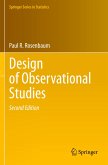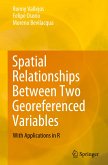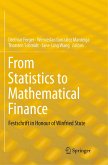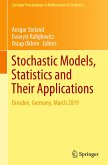Research Paper (postgraduate) from the year 2009 in the subject Mathematics - Statistics, grade: A, University of Canterbury (Department of Mathematics and Statistics), course: Statistics, language: English, abstract: Estimating causal effects in clinical trials often suffers from treatment non-compliance and missing outcomes. In time-to-event studies, it is more complicated because of censoring, the mechanism of which may be non-ignorable. While new estimators have recently been proposed to account for non-compliance and missing outcomes, few papers have specifically considered time-to-event outcomes, where even the intention-to-treat (ITT) estimator is potentially biased for estimating causal effects of assigned treatment.In this paper we develop a likelihood based method for randomized clinical trials (RCTs) with non-compliance for time-to-event data and adapt the EM algorithm according to derive the maximum likelihood estimators (MLEs). In addition, we give formulations of the average causal effect (ACE) and compliers average causal effect (CACE) to suit survival analysis.To illustrate the likelihood-based method (EM algorithm), a breast cancer trial data was re-analysed using a model, which assumes that the failure times and censored times both follow Weibull and Lognormal distributions, respectively (termed the NIGN-WW model and NIGN-LL model).








